Shannon Benine (b. 1978) is a North American artist whose work simultaneously investigates the state of social documentary photography while it explores manifestations of disease, wars and the energy crisis in American life. Drawing from years of intensive research, Benine combines photography, video and sound to create multimedia installations that engage the viewer in a discussion and debate about America’s politically charged history.
Benine’s work has been held in several collections including the Museum of Contemporary Photography in Chicago, the National Centre of Contemporary Art in Moscow, Russia and the Kalaupapa National Historic Museum in Hawaii. She has received grant support from multiple institutions including the City of Chicago Department of Cultural Affairs, Midwest Society for Photographic Education and the Greater Columbus Arts Council. Her work has been exhibited at the Columbus Museum of Art in Columbus, Ohio; the Catherine Edelman Gallery in Chicago, Illinois; the Griffin Museum of Photography in Winchester, Massachusetts and the Photographic Center Northwest in Seattle, Washington.
Benine holds an MFA in Photography from the University of Illinois at Chicago and a BFA in Photography and BA in Interdisciplinary Visual Arts from the University of Washington in Seattle. She lives in Sonoma County and works as an Assistant Professor and Director of Photography & Media Arts in the Department of Art & Art History at Sonoma State University in Rohnert Park, California.

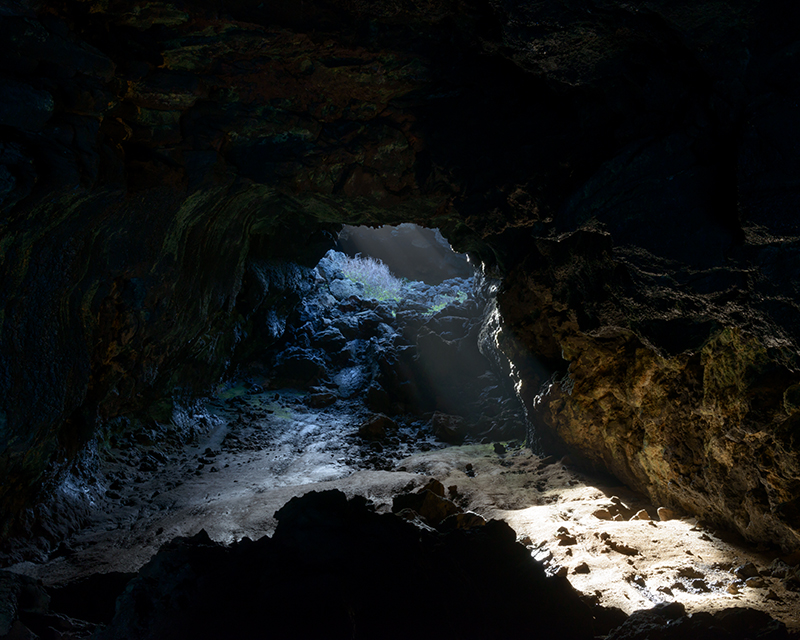

If you can read the ocean you will never be lost
“If you can read the ocean you will never be lost” examines the history of misunderstanding surrounding those afflicted with Hansen’s disease (leprosy) who were banished to the Kalaupapa peninsula on the north shore of Molokaʻi, Hawaii. Even though Hansen’s disease is not transmitted by casual contact and most people are naturally immune, for centuries people with this chronic infection have endured intense social stigma and ostracism. From 1866 to 1969, decades after treatment was available, the afflicted were exiled to the isolated Kalaupapa peninsula. Comprised of still, moving and archival images, this project investigates the transition of the settlement from prison to hospital to National Historic Park and Museum and the island as a whole. In the collision of tropical landscapes—beautiful and mundane, spectacular and everyday—with their desolate histories, viewers encounter a neglected part of the American story.
The Kalaupapa peninsula is surrounded by harsh seas and the pali; some of the highest sea cliffs in the world that plunge 2,000 feet down into the Pacific Ocean, separating it from the rest of the island and forming a natural prison. At its peak over 1,200 afflicted were imprisoned to Kalaupapa and currently over 8,000 graves permeate the once inhospitable land. Today there are only fourteen patients that remain on the Hawaiian Islands with eight that continue to live in the settlement. Created during the final years of the last remaining patients, viewers come to question this overlooked part of our history.
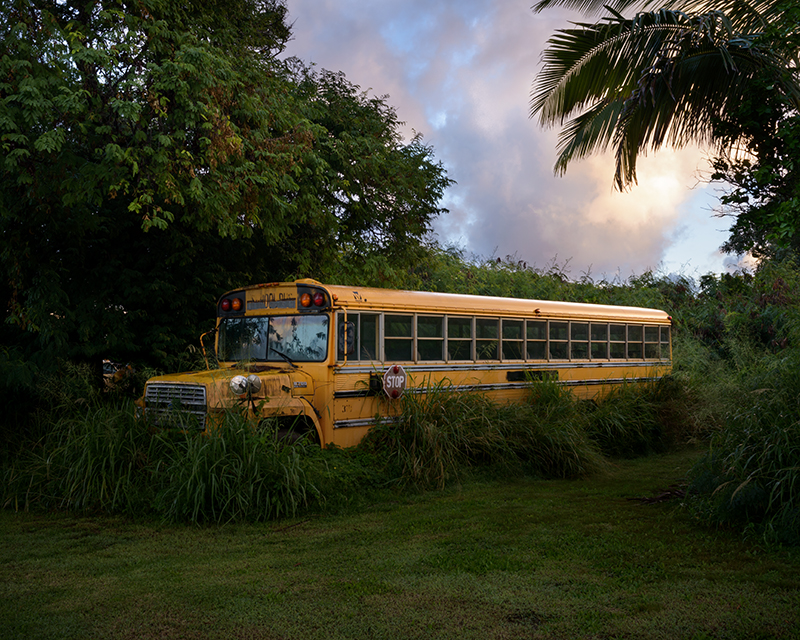


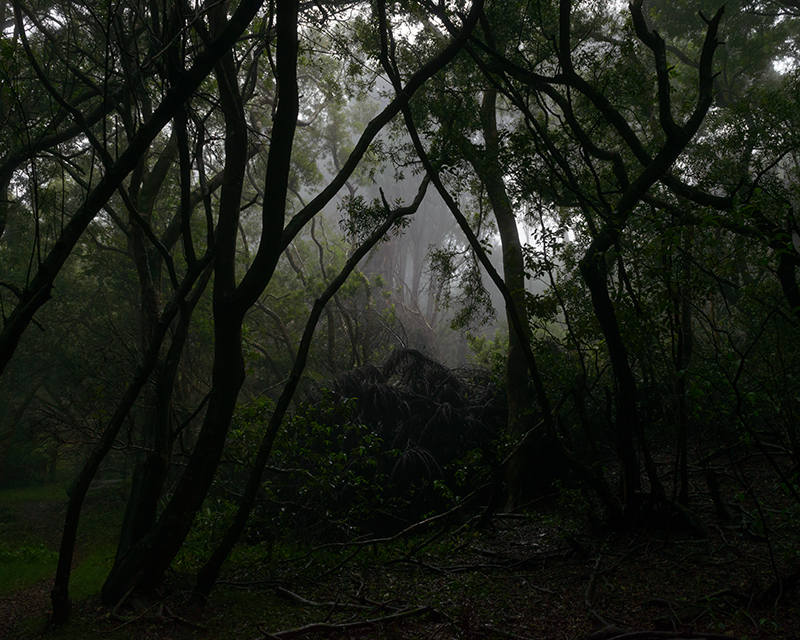
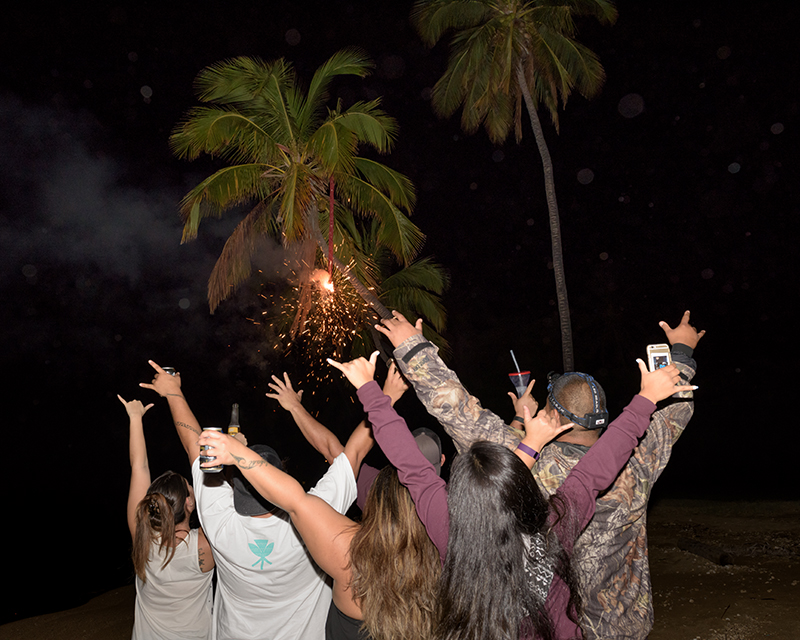
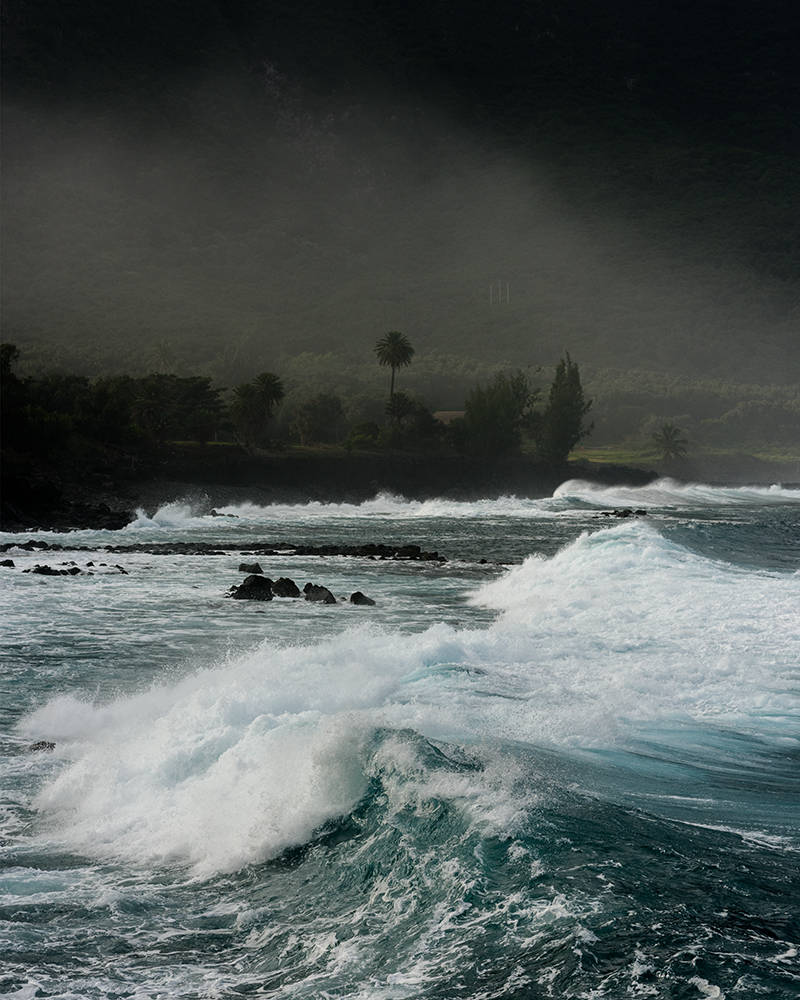

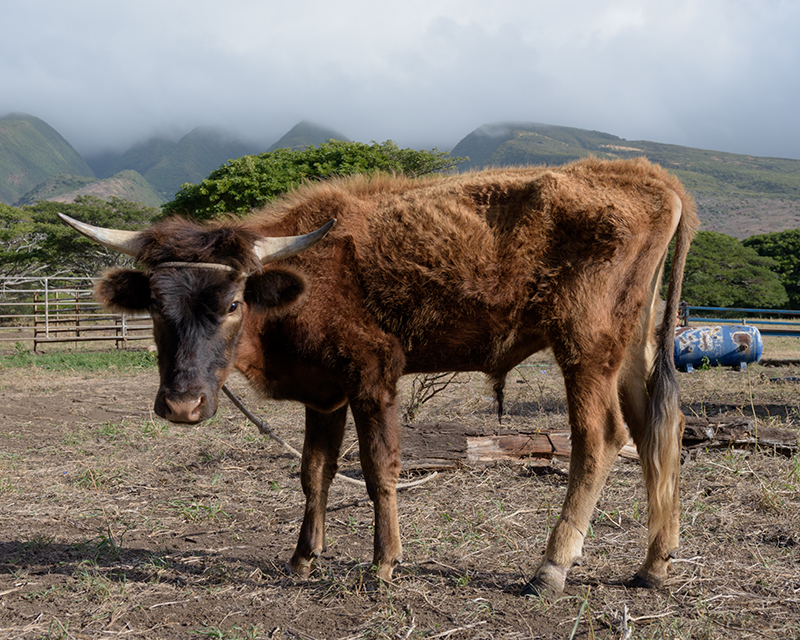



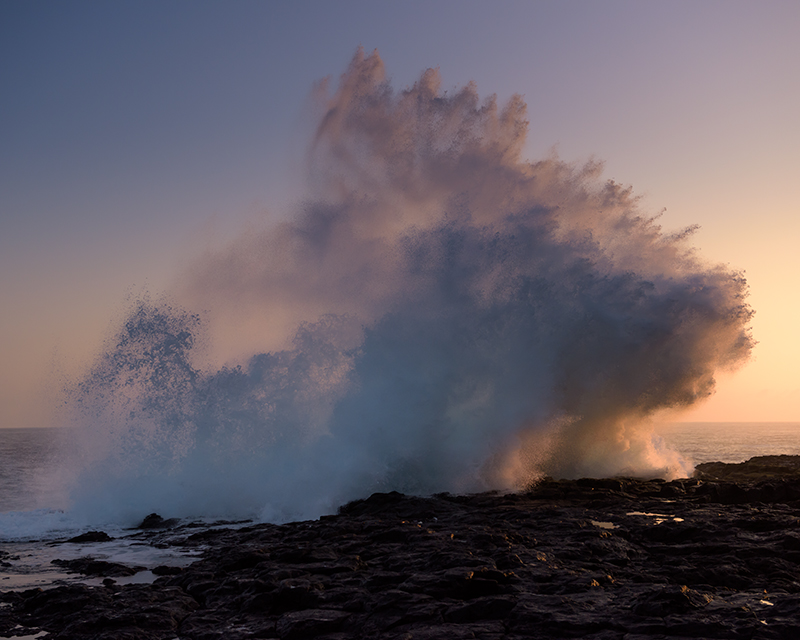
To view more of Shannon Benine’s work please visit their website.